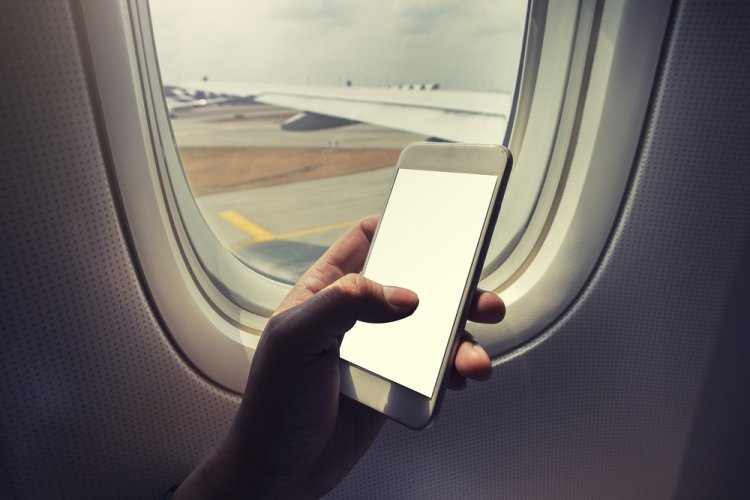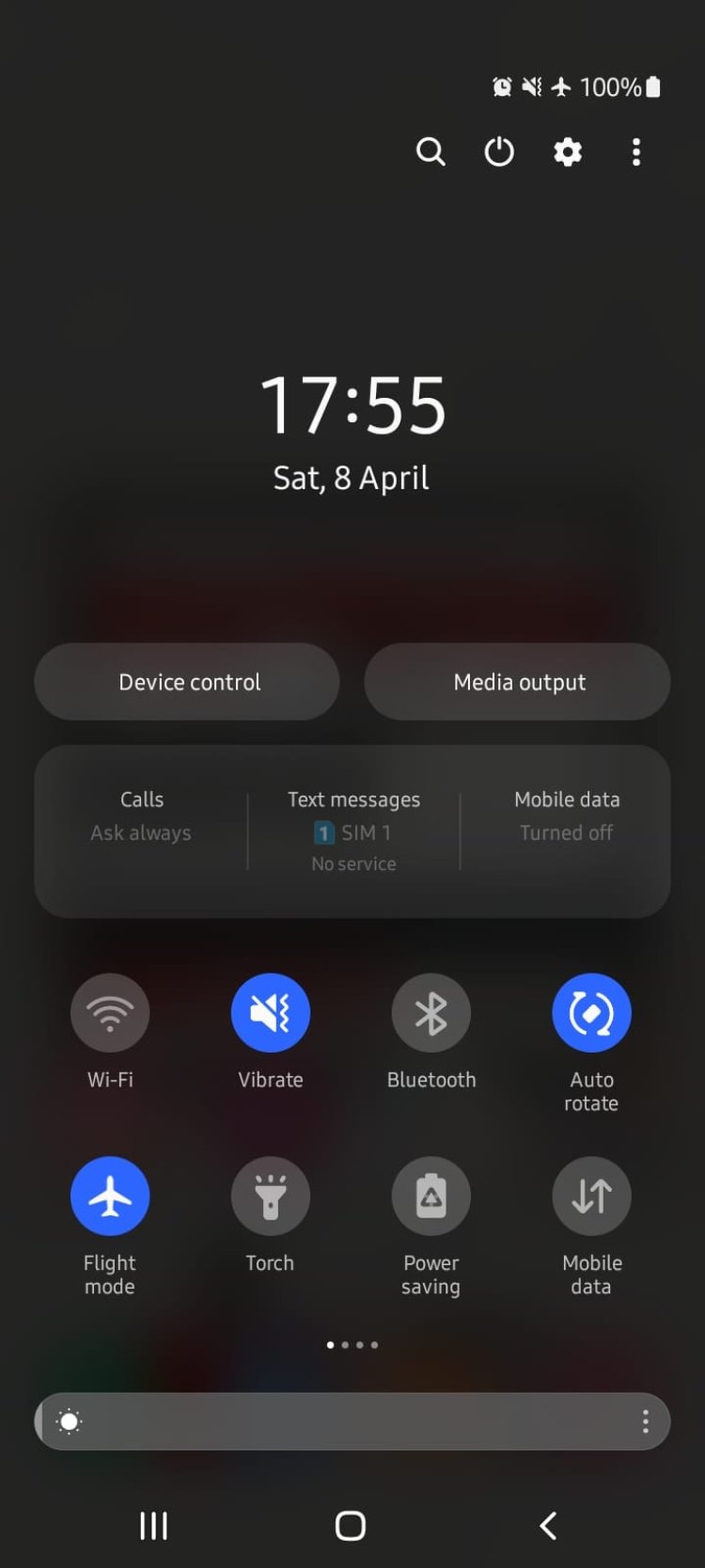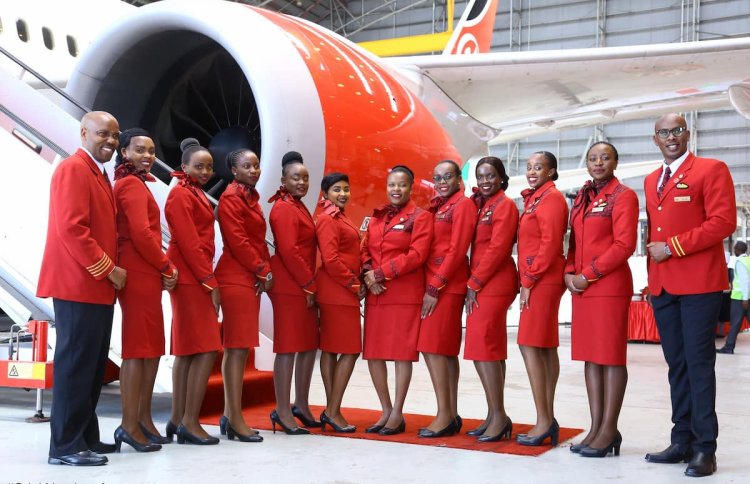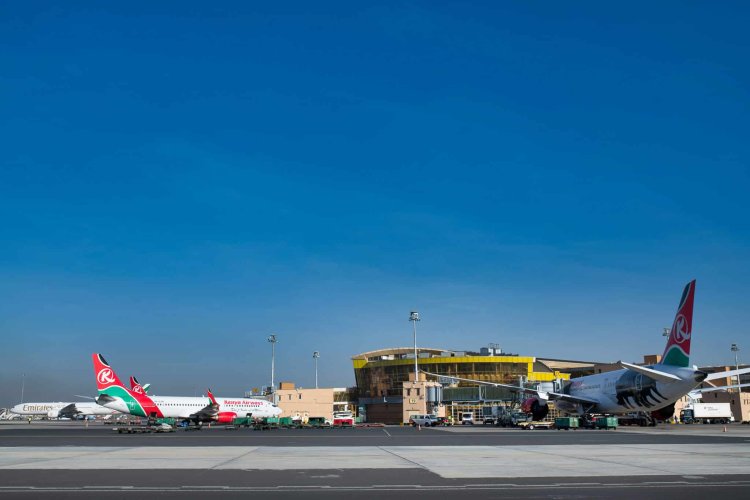3 Reasons You Should Use Airplane Mode During Flight
Mobile phones need to be set to flight mode (preferably termed airplane mode) during the course of a flight

Anyone who has frequently travelled by air has heard of the common routine that sounds like this: “Please ensure your seats are in the upright position, tray tables are stowed and electronic devices are set to flight mode.”
The first two are easy. The seats need to be upright and tray tables stowed especially during take-off and landing so that one can get out of a row quickly and with ease in case of an emergency, but what about the third?
Mobile phones need to be set to flight mode (preferably termed airplane mode) during the course of a flight, and those owning mobile phones without airplane mode are required to switch them off during flight so they can’t cause an emergency for the aircraft. Why is this the case?
According to DigitalTrends, smartphones, cell phones, and most other mobile devices are equipped with a setting called Airplane Mode (sometimes known as Flight mode). It’s designed to turn off all the Bluetooth, Wi-Fi, cellular, and data connections on your mobile device, which might otherwise interfere with the various sensors and equipment on commercial aeroplanes.

Screenshot of a phone while on airplane mode. /MARVIN CHEGE.VIRALTEAKE
A simple demonstration of the interference would be placing your smartphone next to a speaker and hearing a loud buzzing or another strange interference sound.
However, you can still turn Bluetooth and Wi-Fi back on without exiting Airplane Mode by tapping the relevant icon in your notification shade by swiping down from the top on an Android device or swiping up from the bottom to access the Control Center on an iOS device.
The Era of Digital Technology
Aviation navigation and communication mainly rely on radio services which have been coordinated to minimize interference since the 1920s, but the digital technology in place currently has put in advanced systems that allow passengers to use their phones during airplane mode, without having to switch them off.
Research has shown personal electronic devices can emit a signal within the same frequency band as the aircraft’s communications and navigation systems, creating what is known as electromagnetic interference. However, in 1992, the United States (US) Federal Aviation Authority (FAA) and Boeing, in an independent study, investigated the use of electronic devices on aircraft interference.
The research found no issues with computers or other personal electronic devices during non-critical phases of flight. (Takeoffs and landings are considered the critical phases.) As a result, the US Federal Communications Commission began to create reserved frequency bandwidths for different uses, such as mobile phones and aircraft navigation and communications, so they do not interfere with one another.
Thereafter, countries around the globe developed the same strategies and policies to prevent interference problems with aviation. In the European Union (EU) for example, electronic devices have been allowed to stay on since 2014.
However, the precise rules may vary depending on the aircraft, airline, or country a person is in. If in doubt, ask before you turn any connections on.
Ground Interference
Still, with the global standards in place, the aviation industry continues to ban the use of mobile phones and another reason can be pointed out to ground interference.
Wireless networks are connected by a series of towers, meaning that the networks could become overloaded if passengers flying over these ground networks are all using their phones. The number of passengers that flew in 2021 was over 2.2 billion, and that’s half of what the passenger numbers were in 2019.
When it comes to mobile networks, the biggest change in recent years is the move to a new standard. Current 5G wireless networks, which are desirable for their higher speed data transfer, have caused concern for many within the aviation industry.
Radiofrequency bandwidth is moreover limited, yet more new devices are still being added to it. The aviation industry points out that the 5G wireless network bandwidth spectrum is remarkably close to the reserved aviation bandwidth spectrum, which may cause interference with navigation systems near airports that assist with landing the aircraft.
Behavioural Conduct Inside Flight
With most airlines now introducing WiFi to customers that are either pay-as-you-go or free, passengers could theoretically use their mobile phones to make video calls with friends or clients in flight.
However, a cabin crew attendant who spoke to CNN regarding her opinion on phone use during flights revealed that it would be an inconvenience for cabin crew to wait for passengers to finish their call to ask them if they would like any drinks or something to eat.

Kenya Airways cabin crew posing for a photo. /FILE
For example, an airliner with 200+ passengers flying, for instance, a 40-minute flight would have in-flight service taking longer to complete if everyone was making phone calls.
Additionally, there is the issue of social experience that is affected by having over 200 people on a flight all potentially talking at once with the presence of WiFi in flights which allows passengers to access their favourite social media platforms to stay up to date with the happenings around the world. In a time when disruptive passenger behaviour, including “air rage”, is increasingly frequent, phone use in flight might be another trigger that changes the whole flight experience.

 admin
admin 





